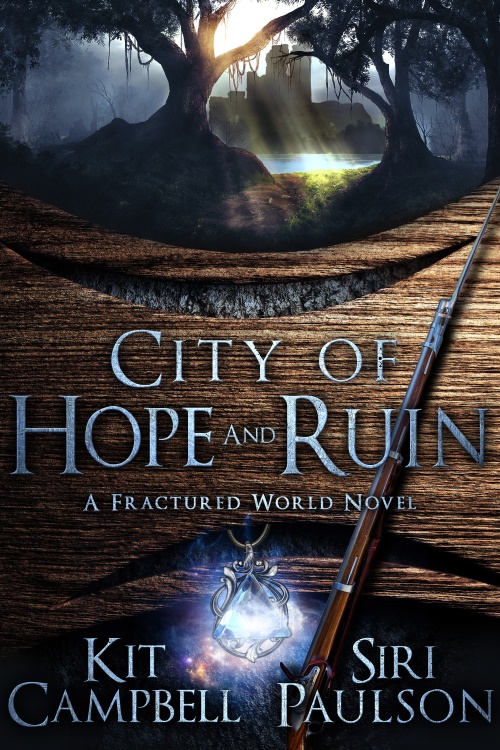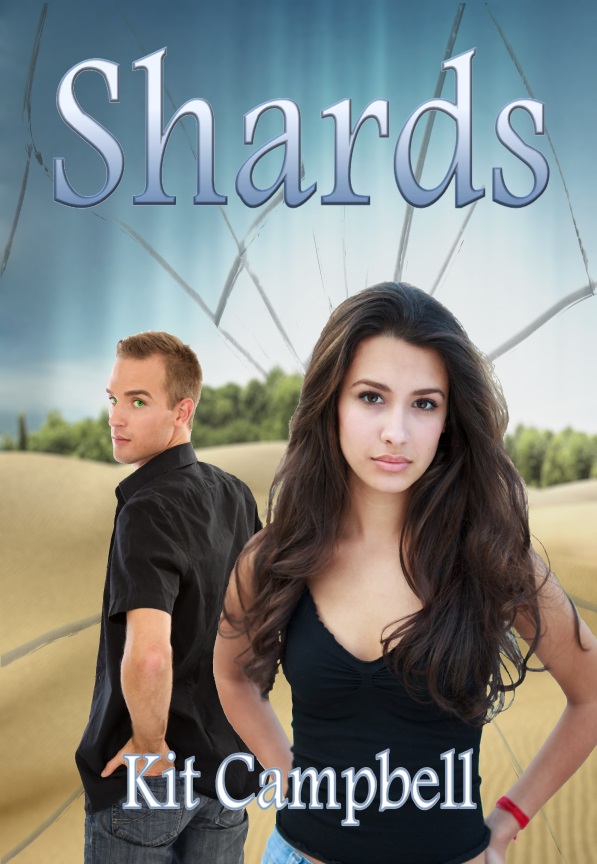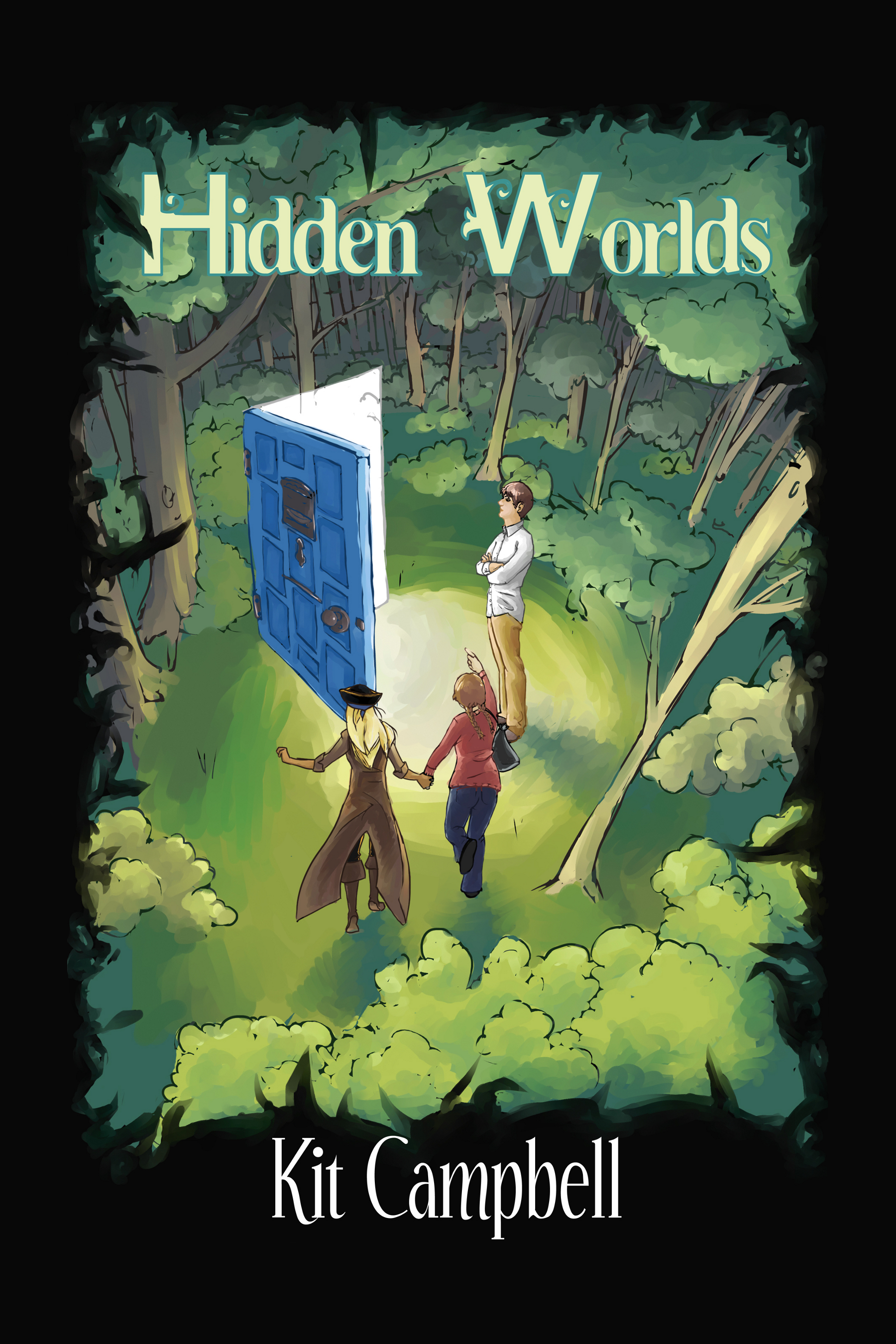…though it’s really more of a wrinkle in space, if you know what I mean.
It occurred to me late last night that, as much as I hated tearing books apart in high school English, I am now doing it of my own volition and for fun.
Oh God, Mrs. Nations was right.
Right, enough of that, and down to business. (Though, every time I read “IT” I thought acronym and not word and it was really distracting. Somewhere out there is an evil information technology department hellbent on universe domination.)
So, I’m going to be frank with you. I have read each of these books exactly once (and I’m not sure I ever read An Acceptable Time at all) and they were all a very long time ago, and I have no idea where the series goes from here, and for those of you who have read ahead (::coughIancough::), don’t tell me. But it seems to me that we haven’t seen the last of the Black Thing at this point, and I would hope that it is revisited in the later books and eventually some sort of resolution is arrived at, no doubt incorporating what we have learned thus far about ourselves and the universe.
So, aside from the set-up of a possible over-arcing plot-line involving the Black Thing, the biggest part of the story seems to be the evolution of Meg’s character. She refuses to take responsibility for anything up until the very end. (I’m honestly a bit impressed with how calmly the other characters deal with her at places.) Still, as a child, I imagine I identified with Meg quite a bit – a bespectacled nerd that can’t seem to do anything quite right. Wouldn’t you want a sibling like Charles Wallace, someone who knew you so intimately?
Not sure what Calvin’s up to. He seems like a nice guy but he doesn’t get to do much in this book.
Also, I find the whole discussion of tessering a bit confusing. There is such thing as a tesseract – I did a report on them in high school actually (along with a two dimensional being whom I named Fred). A tesseract is a fourth-dimensional hypercube, essentially a cube that moves in time. That actually makes some sense, if you think of tessering as being on a section of this 4D cube, and then after n time you are somewhere else. But the explanation in the book says it’s fifth-dimensional (which makes more sense because then both space and time would be variable) but then it wouldn’t be a tesseract. (Wikipedia says that’s called a penteract.) So I don’t know if I’m not understanding the explanation in the book correctly, or if she wasn’t quite sure what she was talking about.
So here’s how we’re going to do this. I’m going to list some discussion questions. Feel free to bring up points of your own in the comments. Also, let me know what you think of the schedule (currently one book a month) and whether you’d like to move it up to one book every two weeks. By the current schedule, we’ll discuss The Wind in the Door on September 27. (It would be September 13 if we change it.)
1. A Wrinkle in Time was written in 1962. How are some ways you could see the story changing to adapt to modern technology if the story was written today?
2. At various points of the book, God or a God-like entity is referenced. Do you believe this is a Christian novel? Can you make any determinations about Madeleine L’Engle’s religious views from this?
3. What do you think it means that Camazotz is so similar to Earth when the other planets (and their creatures) are not?
4. Does a character like Charles Wallace have room to grow?
5. How do you think you tesser to a two-dimensional world?
Have at it, Squiders.



